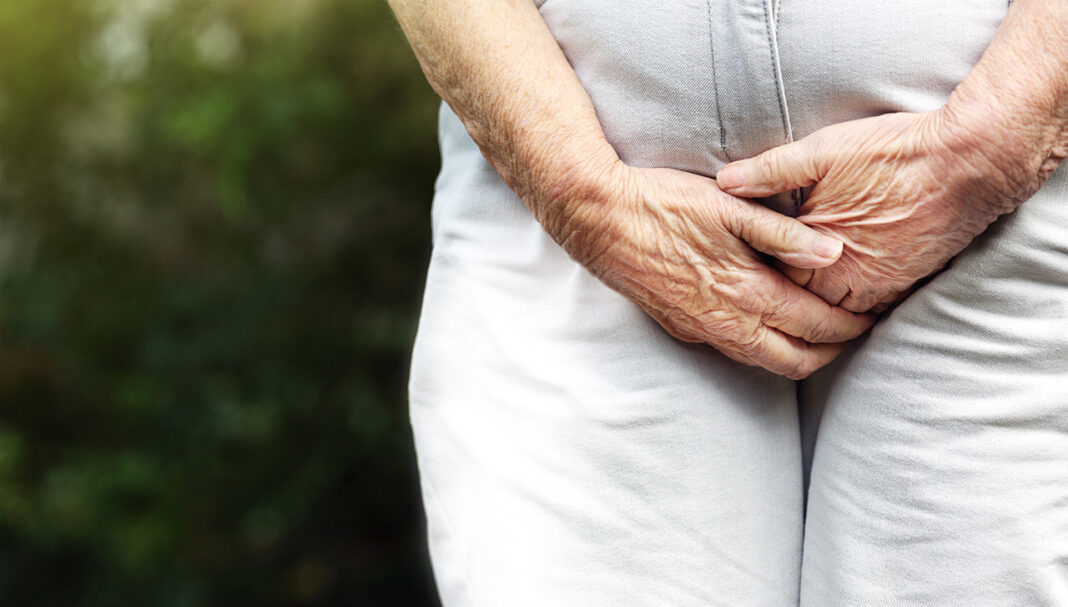Case scenario
Mrs Tan, an 82-year-old woman, visits your pharmacy to refill her medicines for hypertension and arthritis. When asked about how she is doing with all her medicines, she mentions to you that she recently had increasing episodes of urinary leakage, which she had not previously disclosed to her doctor due to embarrassment.
Learning objectivesAfter reading this article, pharmacists should be able to:
Competency (2016) standards addressed: 1.1, 1.4, 1.5, 2.2, 3.1, 3.5 Accreditation code: CAP2511DMAP Accreditation expiry: 31/10/2028 |
Already read the CPD in the journal? Scroll to the bottom to SUBMIT ANSWERS.
Introduction
The bladder serves two primary roles: it stores urine and facilitates its release. When either function is impaired, it can lead to urinary incontinence, which refers to the unintentional leakage of urine.1,2
Incontinence often leads to reduced quality of life and is under-recognised due to stigma. Urinary incontinence affects all ages and is particularly common in older people. Approximately 5% of people aged 65–84 years experience severe incontinence, increasing to up to 28% in those aged 85 years and over.1
Classification of urinary incontinence
Urinary incontinence can be classified into se
THIS IS A CPD ARTICLE. YOU NEED TO BE A PSA MEMBER AND LOGGED IN TO READ MORE.



 AP
AP











